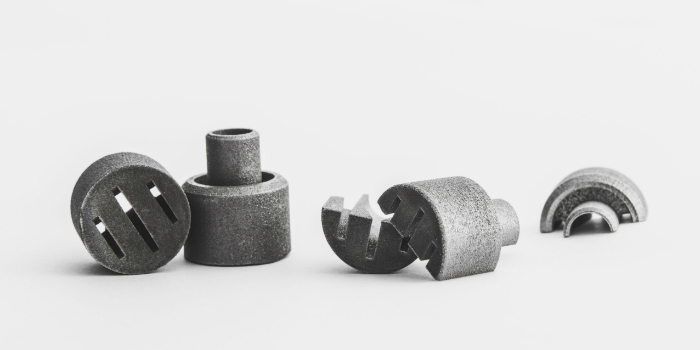Kanthal, the heating technology brand of Sandvik, has introduced a new 3D printing service to create customized thermal components.
Kanthal AM100, an advanced heat resistant ferritic iron-chromium-aluminum alloy (FeCrAl), will be leveraged in the service. This material is suitable for the production of 3D printed heating elements, burner nozzles, and protective shells, fittings, and manifolds.
Nicklas Nilsson, President of Kanthal, explained, “We’ve been involved with metal powder production for the last 30 years, and we now see that our powder-based iron-chromium-aluminum, or FeCrAl, alloy has huge potential in additive manufacturing.”
“Our materials, along with our competence and application knowledge, combined with the customer’s own application knowledge, are what is actually creating value for them,” added Dilip Chandrasekaran, Head of R&D and Technologies at Kanthal. “Combining this further with unique solutions for designing and producing can create even more value.”
The Kanthal Additive Manufacturing customization service
Based in Hallstahammar, Sweden, Kanthal has been providing heating technology products and services for over 150 years. It entered the powder metallurgy sector 30 years ago, which later lead to the integration of metal additive manufacturing. The new Kanthal Additive Manufacturing customization service offers design consultation, modification, rapid prototyping and testing, and production of parts subjected to heat.
“One thing that is fascinating about additive manufacturing is that so many things happen so quickly,” Chandrasekaran continued. “Things that we thought were impossible yesterday are now happening. We learn something new every day.”
“I see fantastic opportunities in the future, and I think we can solve some of the big issues we’re working with today, such as sustainability and energy efficiency. If we open and go beyond the limitations that we have inside ourselves, this unlocks a field of innovation to harvest. It’s a great time being an R&D engineer right now.”

3D printed thermal components
Heating elements are thermal components used commonly in aerospace, automotive and domestic electrical devices. It typically takes the form of a coil or strip of wire that emits heat from electrical energy. When 3D printed, the strength and surface area of heating elements can be improved and increased. This is enabled through hollow or lattice structures which also deter deformation.
Furthermore, additive manufacturing allows for tailored resistance through the placement of heating zones and power densities. Nilsson stated, “Additive manufacturing has so many benefits, from both a design and a business viewpoint, as well as from a sustainability perspective.
“For instance, using less material means less waste. This technology is the future. We to inspire customers to come to us with their new ideas, some of them that earlier have been inconceivable, and realize them together with us.”

Stay updated with the latest in additive manufacturing by subscribing to the 3D Printing Industry newsletter, following us on Twitter and liking us on Facebook.
Looking for a career in additive manufacturing? Visit 3D Printing Jobs for a selection of roles in the industry.
Featured image shows 3D printed heating element structures created using Kanthal AM100. Photo via Kanthal.

